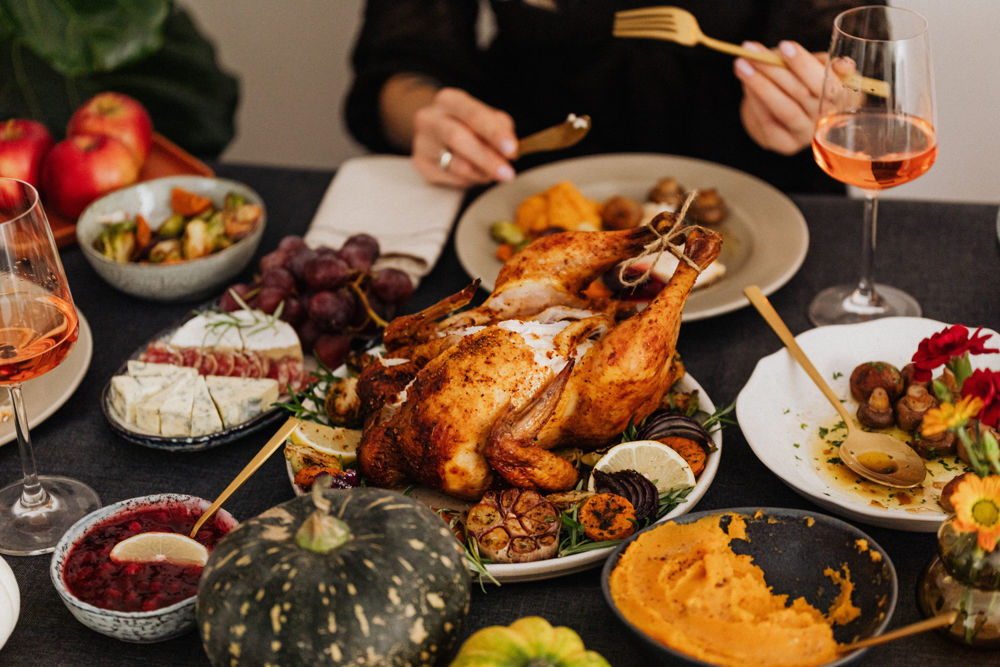 Thanksgiving represents the start of the festive holiday season. In an unofficial capacity, it also marks the time of year when men give themselves the crappy gift of extra poundage. Those rolls you scarf down that final Thursday of every November are now married to your midsection. The sweet treats Aunt Ethyl cooked up are forcing you to pop open your jeans button. And the booze “Drunkle Mike” brought over has made you so lethargic and sluggish that you put off your daily workout routine for about a week.
Thanksgiving represents the start of the festive holiday season. In an unofficial capacity, it also marks the time of year when men give themselves the crappy gift of extra poundage. Those rolls you scarf down that final Thursday of every November are now married to your midsection. The sweet treats Aunt Ethyl cooked up are forcing you to pop open your jeans button. And the booze “Drunkle Mike” brought over has made you so lethargic and sluggish that you put off your daily workout routine for about a week.
Research conducted by the Calorie Council Control shows that a “typical” Thanksgiving meal packs a way-above-average 3,100 calories and nearly 160 grams of fat. Add going back for seconds or liquor (damn you, Drunkle Mike), and you could fatten up that number to as much as 4,500 calories. That’s just in one day, gang. And let’s not forget the oleaginous leftovers that can take you well into the next week – just in time for your friends or employer to start hosting similarly gastronomical Yuletide parties.
Once men enter their thirties, Thanksgiving food can serve up the added disadvantage of decreasing hormone levels. If you already suffer from low testosterone, the last thing you want is to exhaust any more of your waning stamina and energy at a time of year that can be super-busy (gotta get those Black Friday deals!) and super-stressful. And you certainly don’t want to lose the desire to be intimate and have a loved one snuggle up under the ol’ mistletoe.
All is not lost, guys. There are ways to enjoy a Thanksgiving feast that minimize the fat and maximize your hormone levels. Besides the fact that we recommend you fill up with a sensible, healthy meal shortly before “the main event,” here are four foods your testosterone has reason to be thankful for, and four that, despite their freakin’ awesome flavors, your T levels will appreciate if you just say, “No thanks.”
FOODS TO BE THANKFUL FOR:
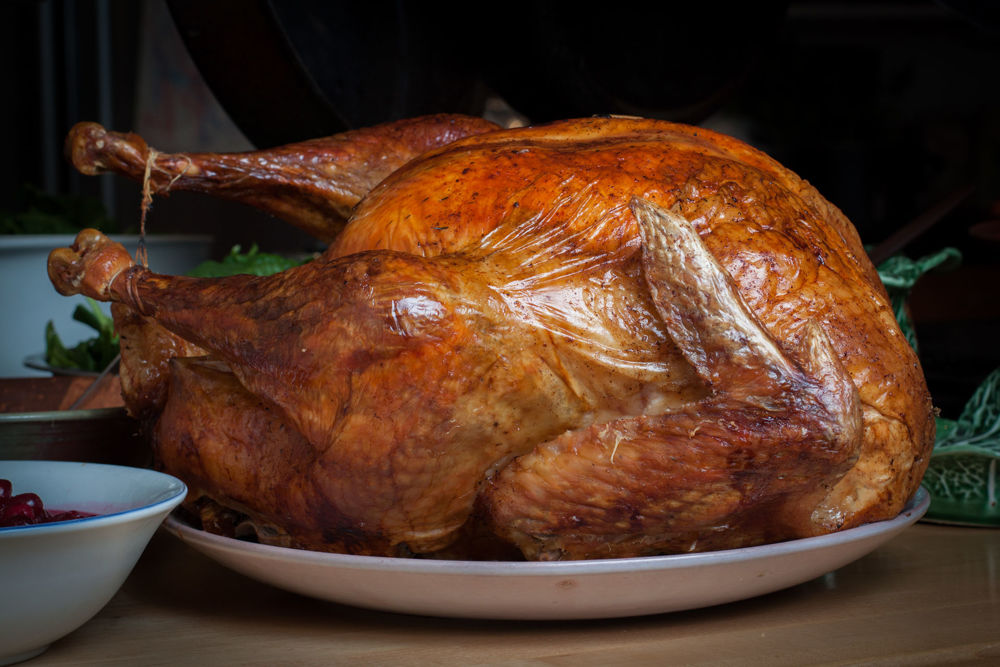
CREDIT TIM SACKTON/FLICKR CREATIVE COMMONS
TURKEY
B-B-B-Bird-Bird-Bird, B-Bird’s the word…
Yes, “Surfin’ Bird” by the Trashmen (and not Family Guy’s Peter Griffin, as some may believe) nicely introduces us to that Thanksgiving centerpiece, the turkey. This big bird of high-protein deliciousness is a lean meat that, especially when herb-roasted or grilled and served boneless and skinless, is great for producing lean muscle mass. (Helpful hint: Go with the white meat, as dark meat offers more saturated fat.)
Turkey also contains zinc and tryptophan, both of which are testosterone boosters. True, tryptophan in turkey can make you sleepy, but consider this: It also decreases the release of cortisol, the “fight-or-flight” stress hormone that lowers one’s testosterone. Besides, sleep is a good thing for men with Low T, and catching some Z’s during the woeful Lions and Cowboys games makes your turkey intake even more of a win-win.
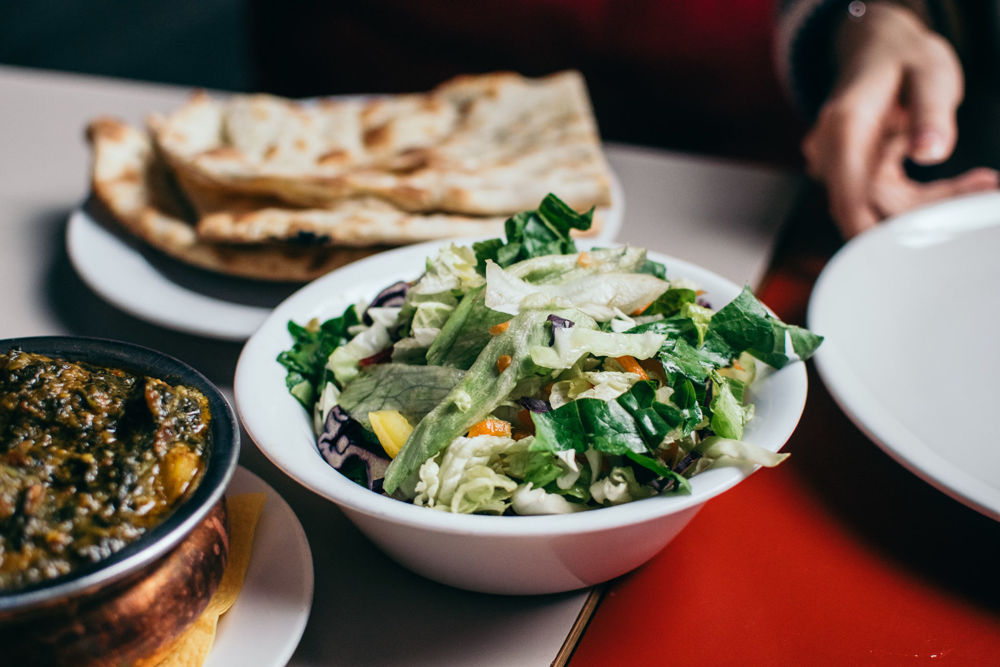
LEAFY GREEN & CRUCIFEROUS VEGETABLES
They aren’t the sexiest pick on the Thanksgiving spread, but hear us out on the leafy green vegetables. Spinach (the stuff that makes Popeye get swole), kale and chard are MVPs when it comes to providing magnesium, which elevates your testosterone levels and, also like Popeye, makes you strong to the finish.
Kale and chard also align with the cruciferous crew of cabbage, Brussels sprouts, broccoli and collard greens, among others, to lower estrogen levels, and thereby improve testosterone efficiency. These virile vegetables are heroes against hypogonadism, and they can help provide spectacular benefits in the bedroom. Now that’s something for which we can truly give thanks.
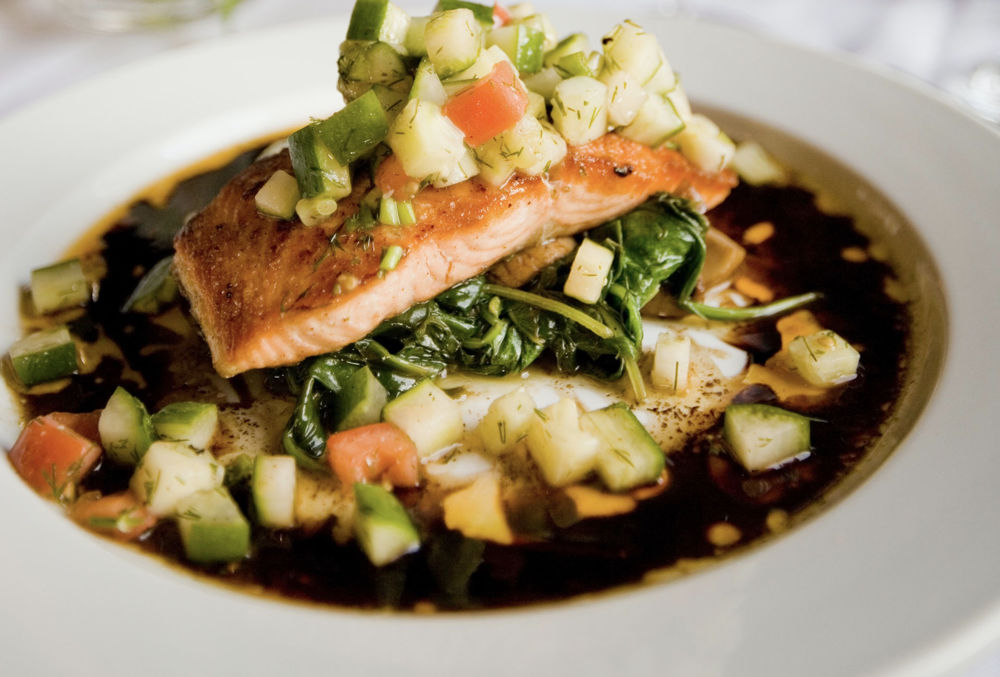
FISH ALTERNATIVES
Fish for Thanksgiving? That’s blasphemy! Then again, maybe not. Ducks and geese were the Pilgrims’ main entree for their inaugural feast in 1621, and seafood is a great alternative for that annoying vegetarian cousin who invites himself over to dinner. More important, numerous varieties of fish, in addition to being low-calorie alternatives to turkey or ham, get along swimmingly with your testosterone.
Take oysters, for example. Long reputed to be a powerful aphrodisiac, they also contain more zinc per serving than any other food, which gives your sperm plenty to be thankful for. Crab and lobster are also zinc powerhouses, while Omega-3-rich fatty fish like tuna, salmon, sardine and mackerel are rich with Vitamin D. To paraphrase Finding Nemo's Bruce: “Fish are friends and food.”
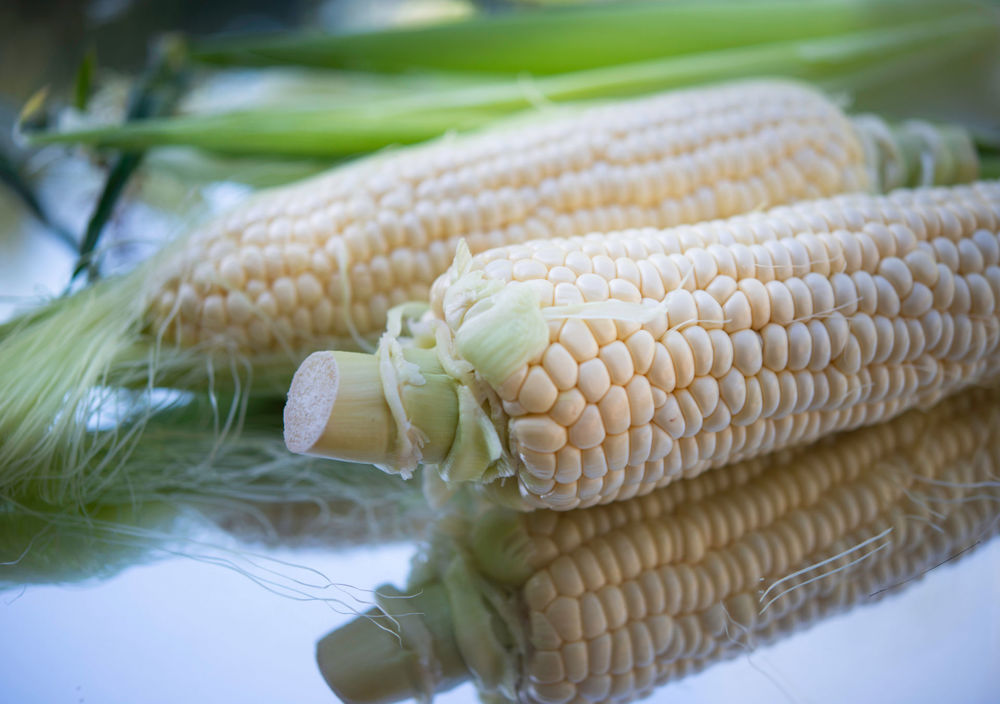
SWEET CORN
Yeah, yeah, we know – corn can be carb-heavy, with as much as 8 grams of natural sugar in a single ear. However, that same ear is also a great source of magnesium (up to 33 milligrams), potassium (243 mg), B vitamins, Vitamin C and plant-based protein. Plus, eating this healthy whole grain can stimulate the release of luteinizing hormone (LH), which in turn accelerates Leydig cell production of testosterone.
Here are some kernels of knowledge: If you enjoy corn on the cob, try coating it lightly with virgin olive oil rather than slathering on the butter. Eat it in moderation and have light to moderate workouts that can convert those carbs into fuel for your body. You’ll find it’s an earful that’s easier to put up with than Drunkle Mike’s slurred table utterings of his political beliefs for the fifteenth time. (Seek help, Drunkle Mike.)
JUST SAY “NO THANKS” TO THESE FOODS:
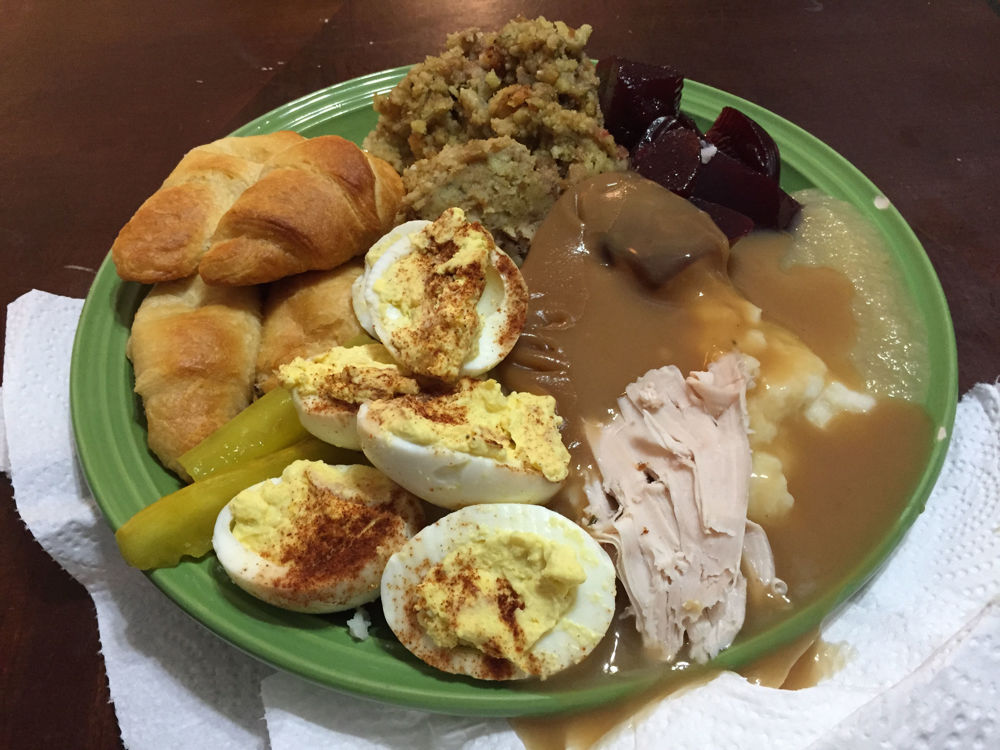
GRAVY
Gravy goes great with turkey, pork, beef, potatoes and just about anything else we can imagine. Alas, this savory succubus can also obliterate any healthy eating habits you try to engage in this Thanksgiving – which, in turn, may send your testosterone into a nosedive faster than a punctured balloon at the Macy’s Thanksgiving Day Parade.
A quarter cup of gravy can contain 260 calories, 26 grams of carbs and 18 grams of fat. And its usual ingredients – bleached flour, saturated meat fat drippings, bouillon, stock or broth, just to name a few – can be a hormone horror show. Any meal high in saturated fat can reduce testosterone by as much as 30 percent within an hour after eating, and your levels don’t return to normal until four to six hours later. Sorry, but pouring gravy, especially over existing Low T, is a luxury one’s physiological plate cannot afford.
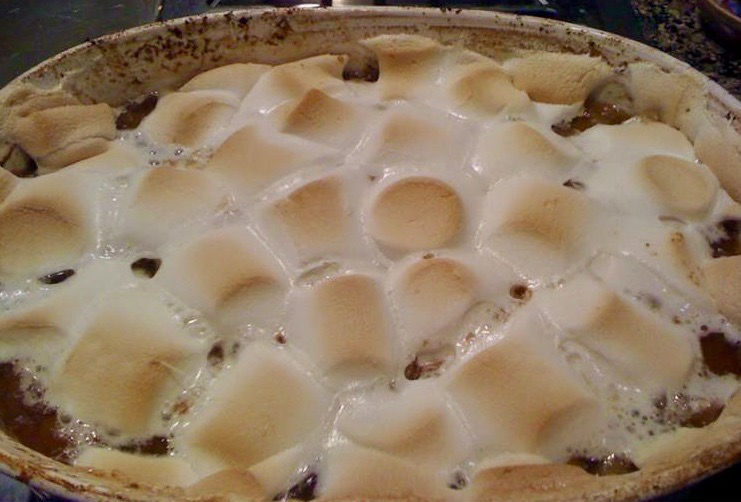
CREDIT LORI BEE/LICENSED UNDER CC BY 2.0
SWEET POTATO CASSEROLE WITH MARSHMALLOWS
Come on, who are we kidding? Sweet potatoes merged with marshmallows? Of course it tastes amazing! But really, what evil genius came up with the idea to camouflage a dessert as a side dinner dish?
On its own, sweet potato is a complex carb that’s high in fiber can boost bone health. Yet, when Aunt Ethyl adds in the brown sugar, butter, marshmallows (made from granulated sugar, corn syrup and gelatin) and other artificial ingredients…man, she can bring those hormone levels a-crashin’. One tiny cup of marshmallows contains approximately 50 grams of sugar, and most people prep this dietary destroyer with at least two cups of the fluffy stuff. Researchers at Massachusetts General Hospital in Boston determined that a glucose intake of 75 grams can decrease testosterone levels by as much as 25 percent for a two-hour period. Without even approaching dessert, this casserole of caloric carnage threatens to run your already-diminished hormones lower than a Wal-Mart doorbuster on Black Friday.
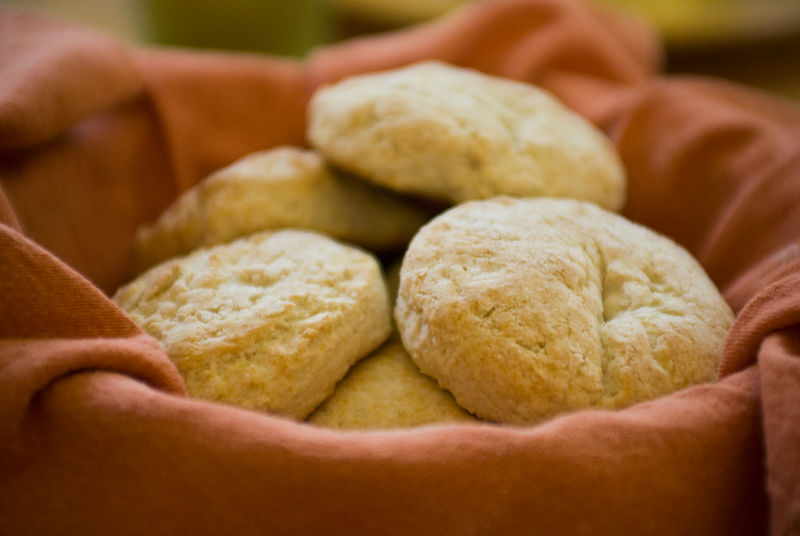
CREDIT PEN WAGGENER/LICENSED UNDER CC BY 2.0
BREAD ROLLS/BISCUITS
I’m not gonna lie. Writing this one hurts. Biscuits and bread rolls are synonymous with Thanksgiving. The truth is, though, these doughy delights can be brutal for men in so many ways. They’re empty calories that can quickly convert your waist into a personal bread basket. Plus, when it comes to your hormone levels, they are no friend in knead.
Studies reveal that diets high in bread, pasta, pastries and desserts lead to decreased muscle mass and increased body fat. They can also boost your aromatase, the enzyme that converts testosterone into estrogen. In short: When your aromatase goes up, your T levels go down, and you start wondering if your energy, focus and libido got tossed in the trash along with the semi-consumed remnants of your Thanksgiving meal. So, pass the bread…over to someone on the other side of the table, please.
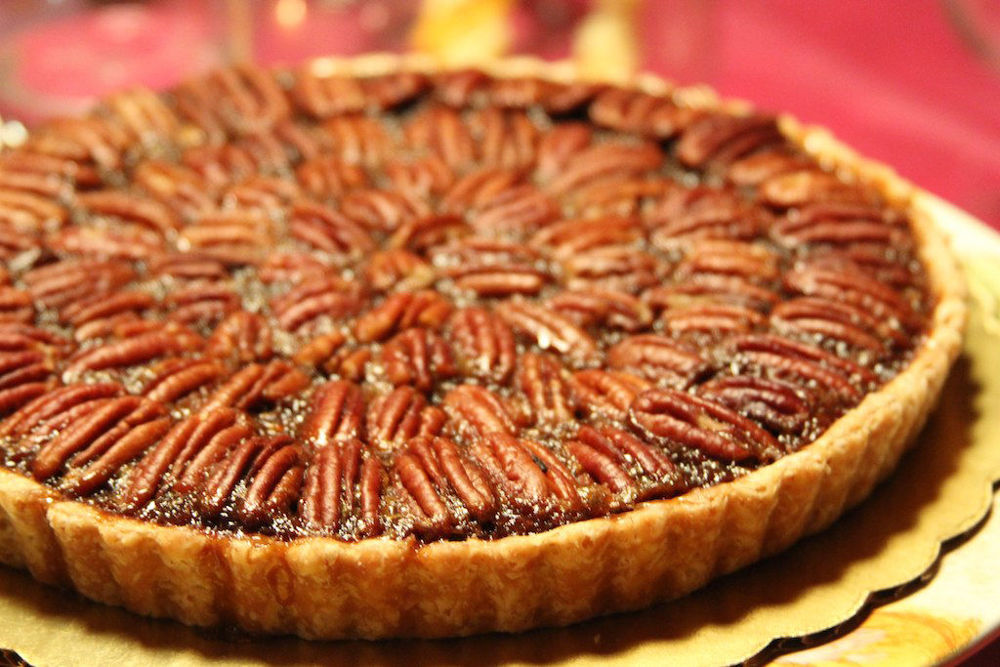
CREDIT JOE HAKIM/FLICKR CREATIVE COMMONS
PECAN PIE
We have no truck with pecans; on their own, we applaud their healthy fats and fiber. However, when you mix ’em up with ingredients like butter, sugar, corn syrup and, oh yeah, pie crust? Lard, have mercy.
Just one serving from a 9-inch pecan pie averages 500 calories and 64 carbs. Plus, not to harp on pie crust, but it’s a tart that’s rife with trans fats, which pretty much eliminates the benefits of pecans. And since trans fats are linked to decreased testosterone levels, lower sperm count and poor reproductive functionality… well, it’s bye, bye, Miss Pecan Pie.
If you must enjoy a slice of pie this Thanksgiving, try pumpkin; it’s healthier, coming in at about half the calories and grams of fat. Even better, its arousing triad of zinc saturation, fertile flavor and seductive scent can make just about any man horny for the holidays.
FOLLOW PEAK ON INSTAGRAM, FACEBOOK, TWITTER AND YOUTUBE
References:
Maggio, Marcello, De Vita, Francesca, Lauretani, Fulvio, Nouvenne, Antonio, Meschi, Tiziana, Ticinesi, Andrea, Dominguez, Ligia J., Barbagallo, Mario, Dall’Aglio, Elisabetta, Ceda, Gian Paolo. The Interplay between Magnesium and Testosterone in Modulating Physical Function in Men. Int. J Endocrinol. 2014, 525249. doi: 10.1155/2014/525249
Pearce, K.L., Tremellen, K. The Effect of Macronutrients on Reproductive Hormones in Overweight and Obese Men: A Pilot Study. Nutrients. 2019, 11, 3059. doi: 10.3390/nu11123059
